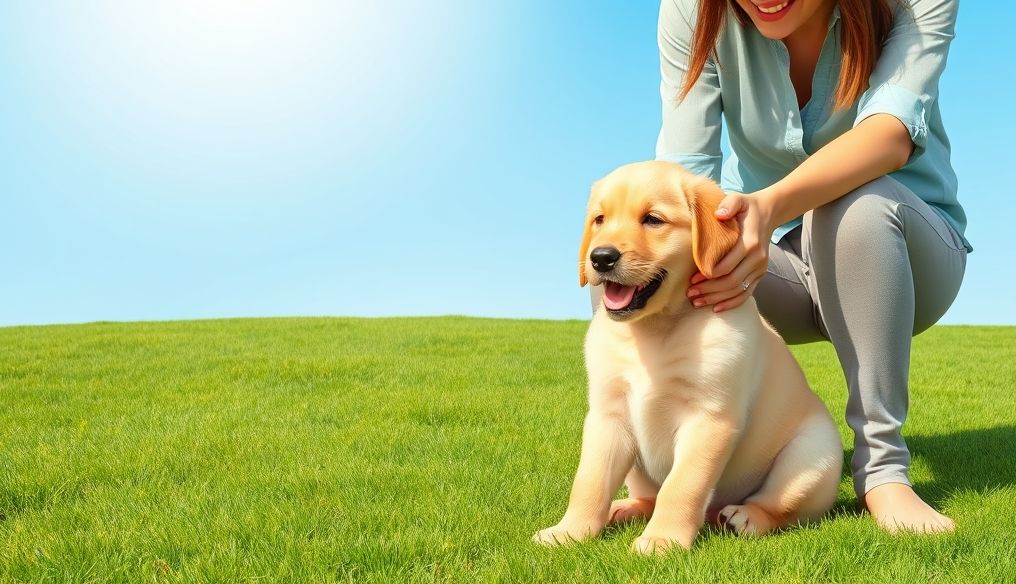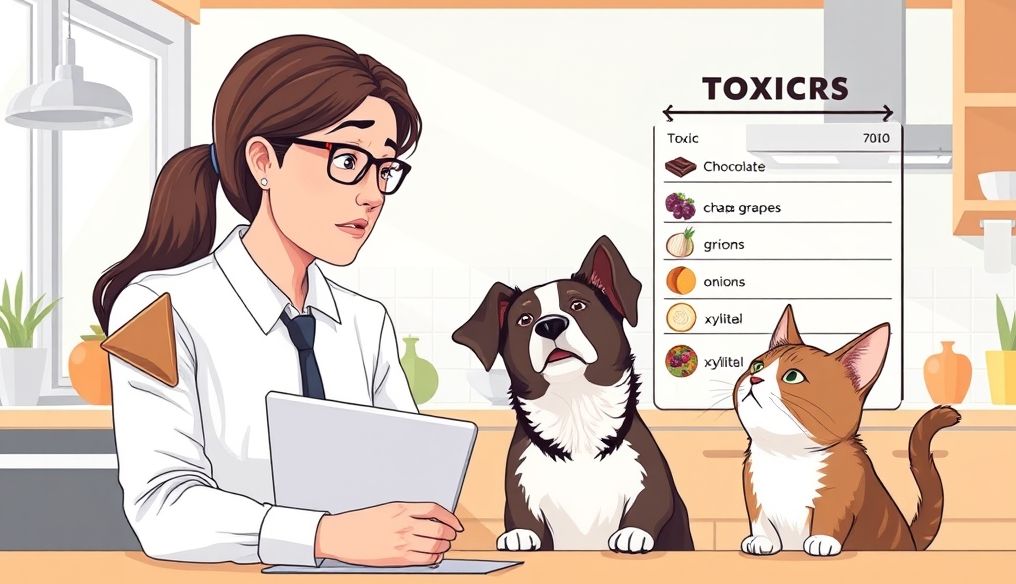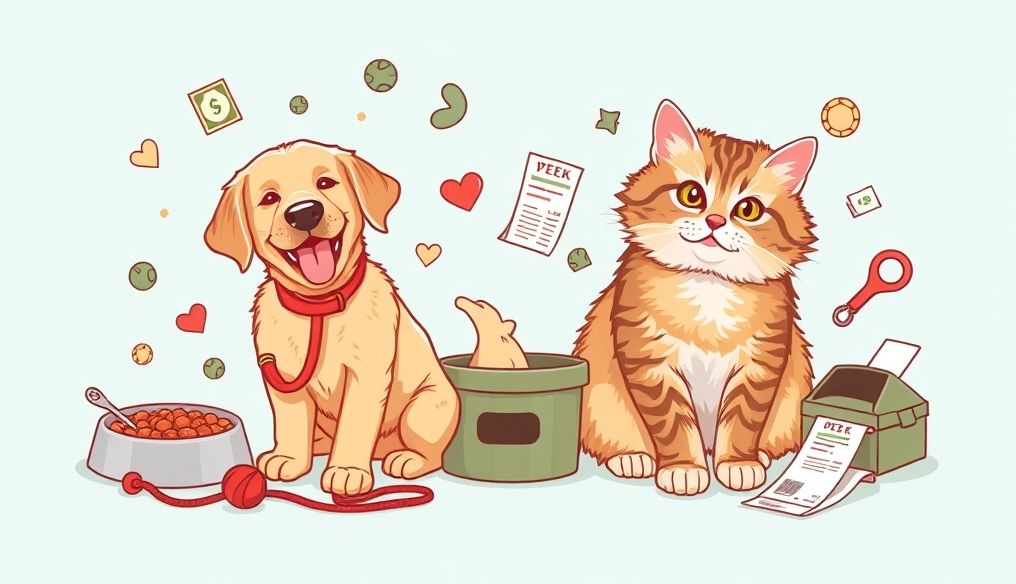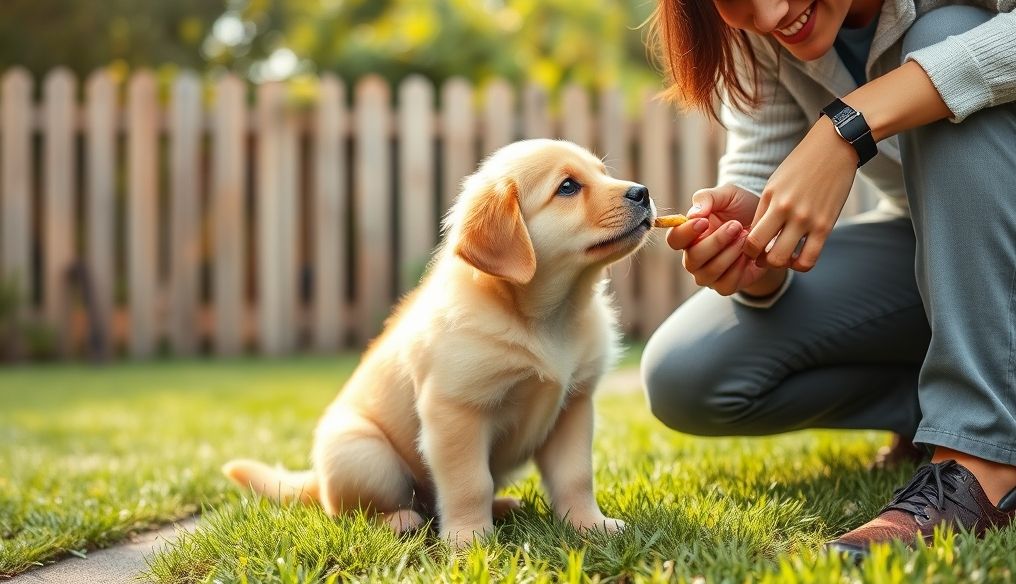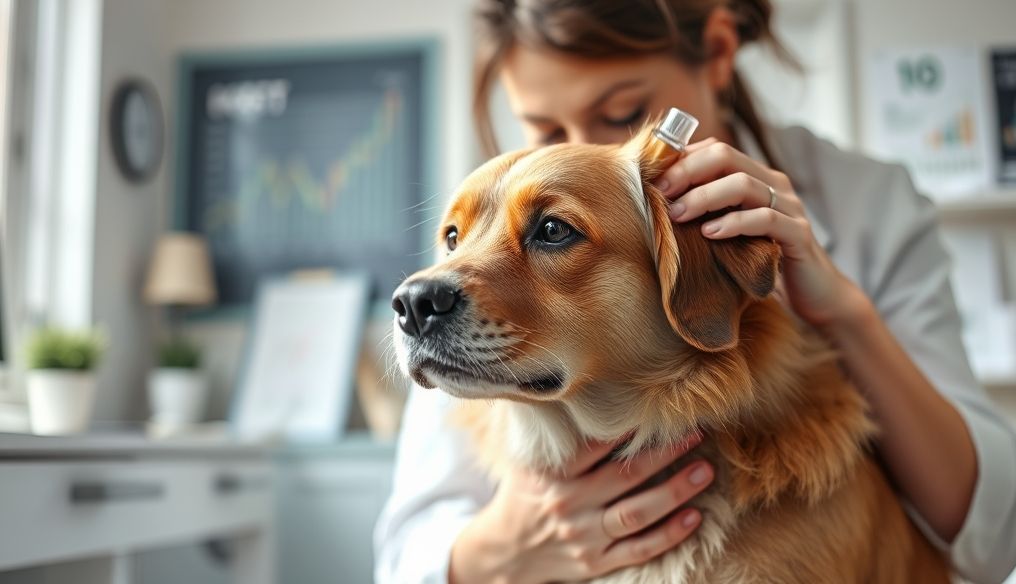How Do I Successfully Potty Train My Puppy?
Bringing a new puppy home is an exciting experience, but it comes with significant responsibilities, chief among them being potty training. This process may seem daunting at first, but with patience and consistency, you can help your puppy learn this essential skill. This article will provide you with a comprehensive guide on how to successfully potty train your young puppy.
Chapter 1: Preparing for Potty Training
Before you begin potty training, it's important to be well-prepared. This includes:
- Designating a Potty Area: Choose a specific spot outside or inside (if you're using potty pads) to be your puppy's "bathroom."
- Cleaning Up Accidents Immediately: Use an enzymatic cleaner specifically designed to remove pet odors. This will prevent your puppy from repeating accidents in the same spot.
- Preparing Treats: Keep small, tasty treats handy to reward your puppy immediately after they use the bathroom in the designated area.
- Being Patient: Remember that potty training takes time. Don't get discouraged if there are some accidents.
Chapter 2: Establishing a Consistent Routine
Routine is key to successful potty training. Try to follow a consistent schedule for meal times, nap times, playtime, and potty breaks.
- After Waking Up: Take your puppy to the potty area immediately after they wake up.
- After Meals: Puppies usually need to eliminate within 15-30 minutes of eating.
- After Playtime: Playtime can stimulate your puppy to use the bathroom.
- Before Bedtime: Take your puppy to the potty area before putting them in their crate or bed.
Chapter 3: Recognizing the Signs of Needing to Go
It's important to learn to recognize the signs that your puppy needs to use the bathroom. These signs include:
- Circling
- Sniffing the ground excessively
- Squatting
- Barking or whining
- Going to the door
If you notice any of these signs, take your puppy to the potty area immediately.
Chapter 4: Rewarding and Praising
When your puppy uses the bathroom in the designated area, reward them immediately with praise and tasty treats. Use a specific phrase like "Good potty!" to associate the word with the action.
Example: If your puppy urinates in the designated spot, say "Good potty!" enthusiastically and give them a small treat. Repeat this process every time they use the bathroom correctly.
Chapter 5: Handling Accidents
Accidents are inevitable during the potty training process. Here's how to handle them:
- Don't Punish Your Puppy: Punishment can make your puppy afraid of you and delay the training process.
- Clean Up the Accident Immediately: Use an enzymatic cleaner to completely remove the odor.
- Supervise Your Puppy Closely: If your puppy is having frequent accidents, you may need to supervise them more closely or consult a veterinarian to rule out any health problems.
Chapter 6: Using a Crate (If Necessary)
A crate can be a helpful tool in potty training, as puppies don't like to soil their sleeping area. Make sure the crate is large enough for your puppy to stand up, turn around, and lie down comfortably.
How to Use a Crate Properly:
- Make the crate a comfortable and positive place.
- Never use the crate as punishment.
- Take your puppy to the potty area before putting them in the crate.
- Don't leave your puppy in the crate for too long.
Chapter 7: Training with Potty Pads (Optional)
If you live in an apartment or are unable to take your puppy outside regularly, you can use potty pads. Place the pad in a designated area and encourage your puppy to use it.
Tips for Using Potty Pads:
- Place the pad in a quiet, easily accessible location.
- Take your puppy to the pad regularly, especially after waking up and after meals.
- Reward your puppy when they use the pad correctly.
- Gradually reduce the number of pads until there is only one.
- Gradually move the pad closer to the door, then outside, if you want to transition to outdoor training.
Chapter 8: Patience and Consistency
The most important thing in potty training is patience and consistency. It may take weeks or even months for your puppy to learn to use the bathroom reliably. Don't get discouraged if there are some accidents. Keep following the routine and providing rewards and praise, and your puppy will eventually succeed.
Chapter 9: Potential Problems and Solutions
You may encounter some problems during potty training. Here are some common problems and their solutions:
- Frequent Accidents: Consult a veterinarian to rule out any health problems. Supervise your puppy closely and take them to the potty area more frequently.
- Fear of Going Outside: Make going outside a positive experience by providing rewards and praise. Take your puppy to quiet and familiar places.
- Urinating or Defecating During Play or Excitement: Try to calm your puppy down before playing or getting excited. Take them to the potty area before and after play.
Chapter 10: When to Seek Professional Help
If you are struggling to potty train your puppy, don't hesitate to seek professional help from a certified dog trainer or a veterinarian specializing in animal behavior. They can provide personalized advice for your puppy's specific situation.
Potty training is an essential part of raising a happy and healthy puppy. By following these tips and being patient and consistent, you can help your puppy learn this important skill and enjoy a wonderful companionship for years to come.
